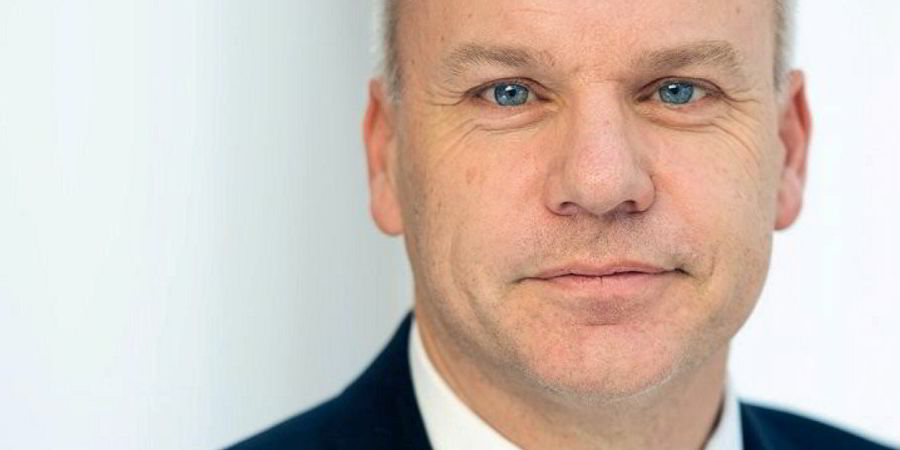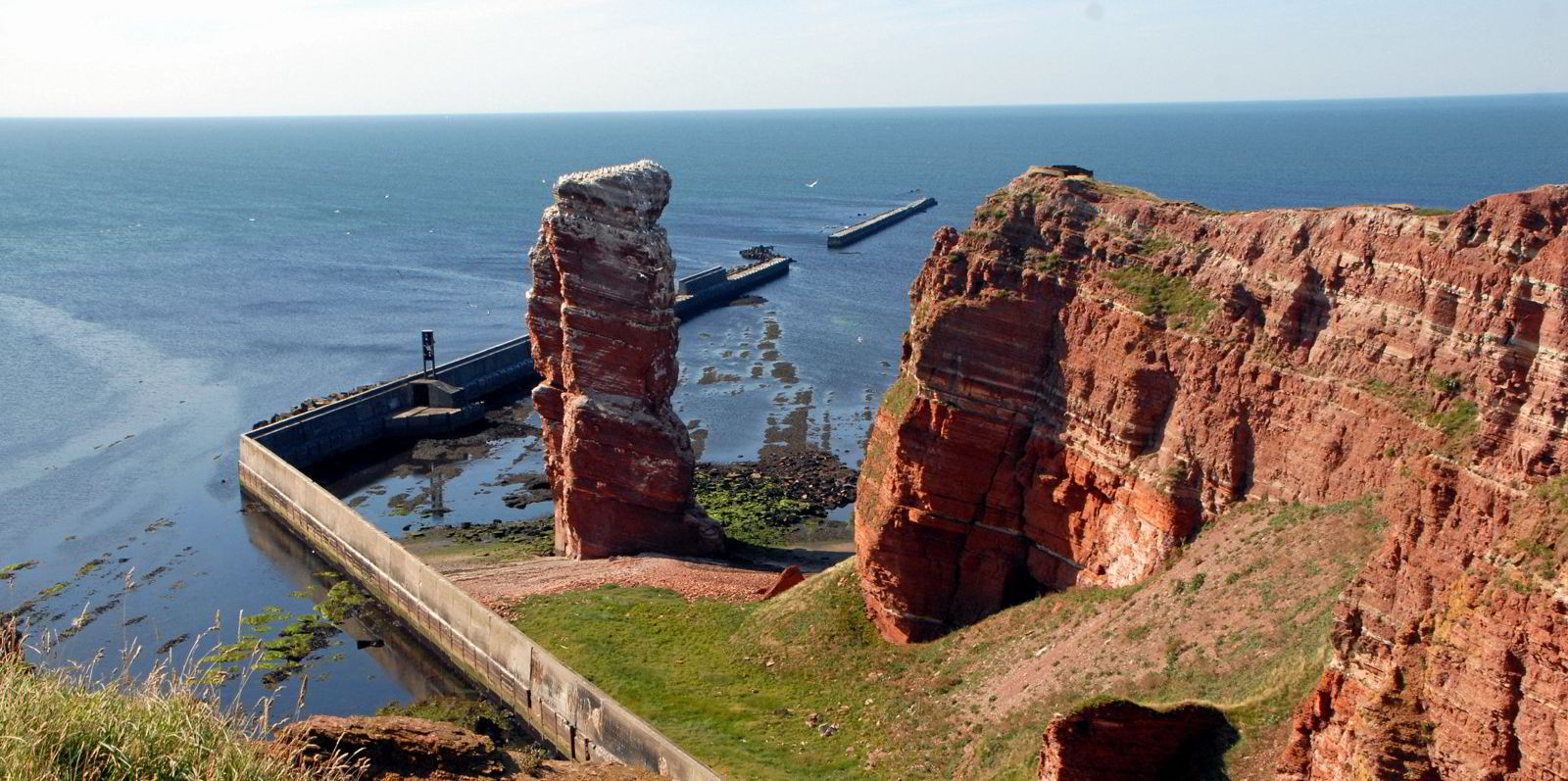Renewable energy producer RWE, oil majors Shell and Equinor, and Dutch gas operator Gasunie have confirmed their intention to build a first 300MW offshore wind farm linked to electrolysers to produce green hydrogen near the German North Sea island of Heligoland by 2028.
No investment decision has been taken yet, but the companies in a first step will carry out a detailed feasibility study for the sub-project dubbed AquaSector, which will provide initial indications of the conditions under which the large-scale offshore hydrogen farm can be realised.
The four companies had already been members of the larger AquaVentus initiative that aims at producing green hydrogen from up to 10GW of wind at sea by 2035. With their declaration of intent, they now firm their commitment for the more concrete 300MW AquaSector sub-project.
The consortium regards the AquaSector sub-project as a ‘proof of concept’ for the larger AquaVentus plan.
The green hydrogen is planned to be transported via a small pipeline called AquaDuctus, at first only to Heligoland. Once the project grows towards the 10GW dimension, the pipeline is planned to be extended to the German mainland.
AquaVentus with its sub-projects is one of Europe’s largest green hydrogen projects, and deemed one of the most likely to actually be built, thanks to the backing of a series of heavy-weight companies in the energy, oil and hydrogen sector.
It could be vital to the EU’s strategy to produce green hydrogen from 40GW of renewables capacity by 2030.
RWE earlier this year had said it plans to build a pilot project by 2025 called AquaPrimus 2 with Shell and Siemens Gamesa to install two 14GW offshore wind turbines near Heligoland with an integrated water electrolyser to produce green hydrogen right at the turbine.


